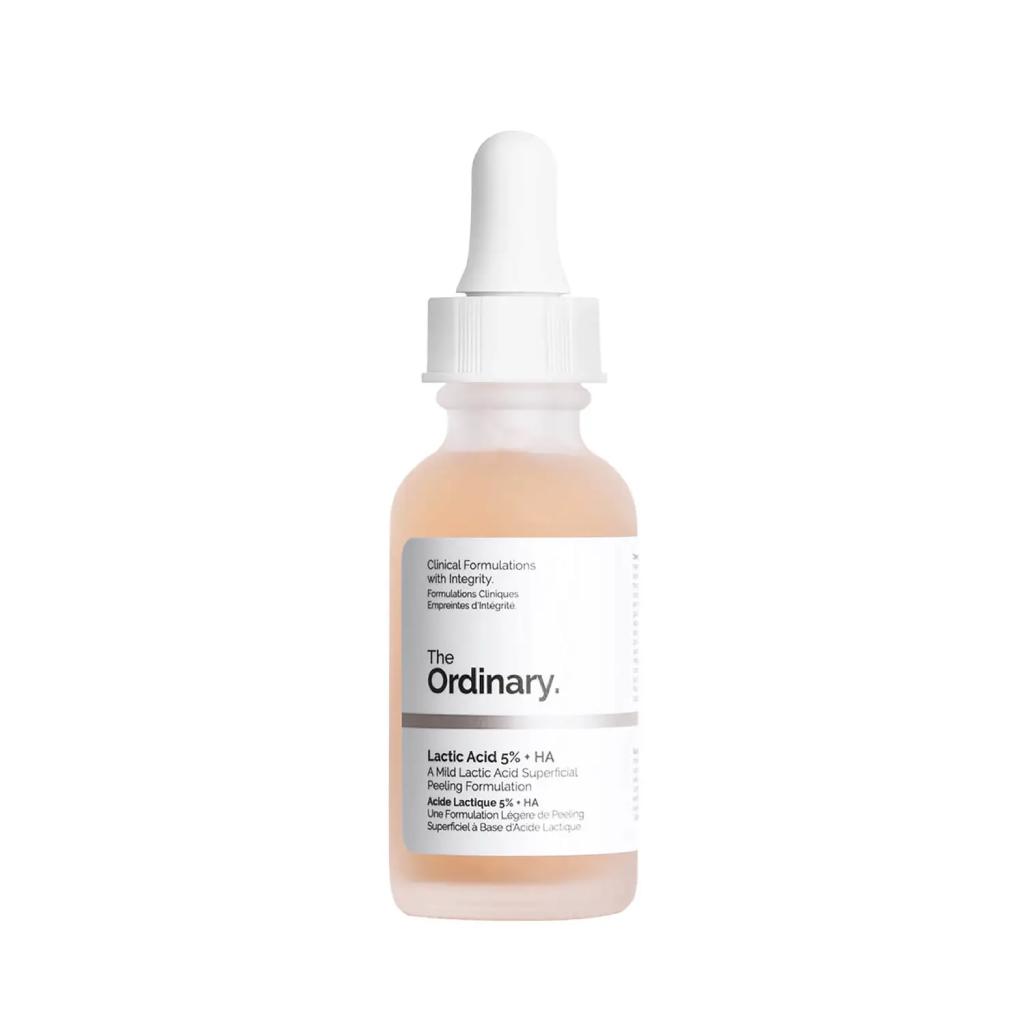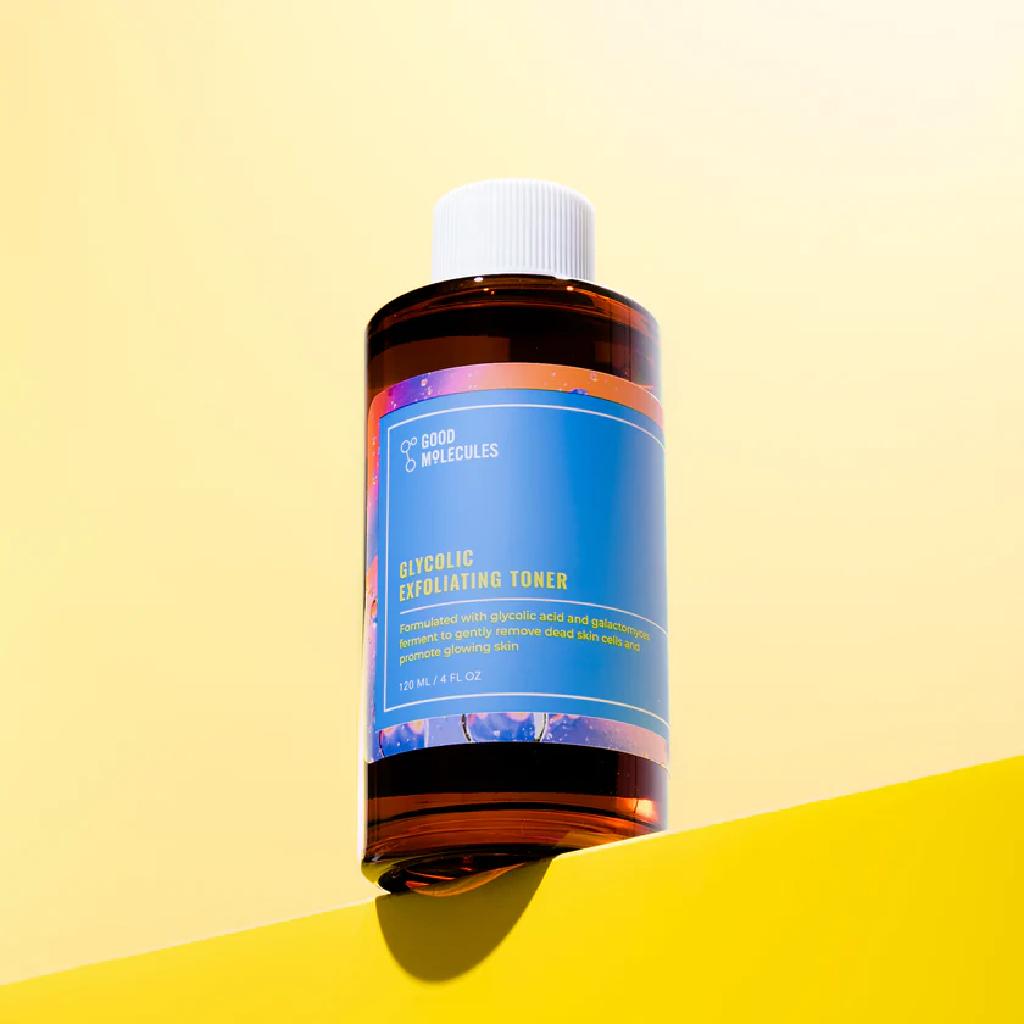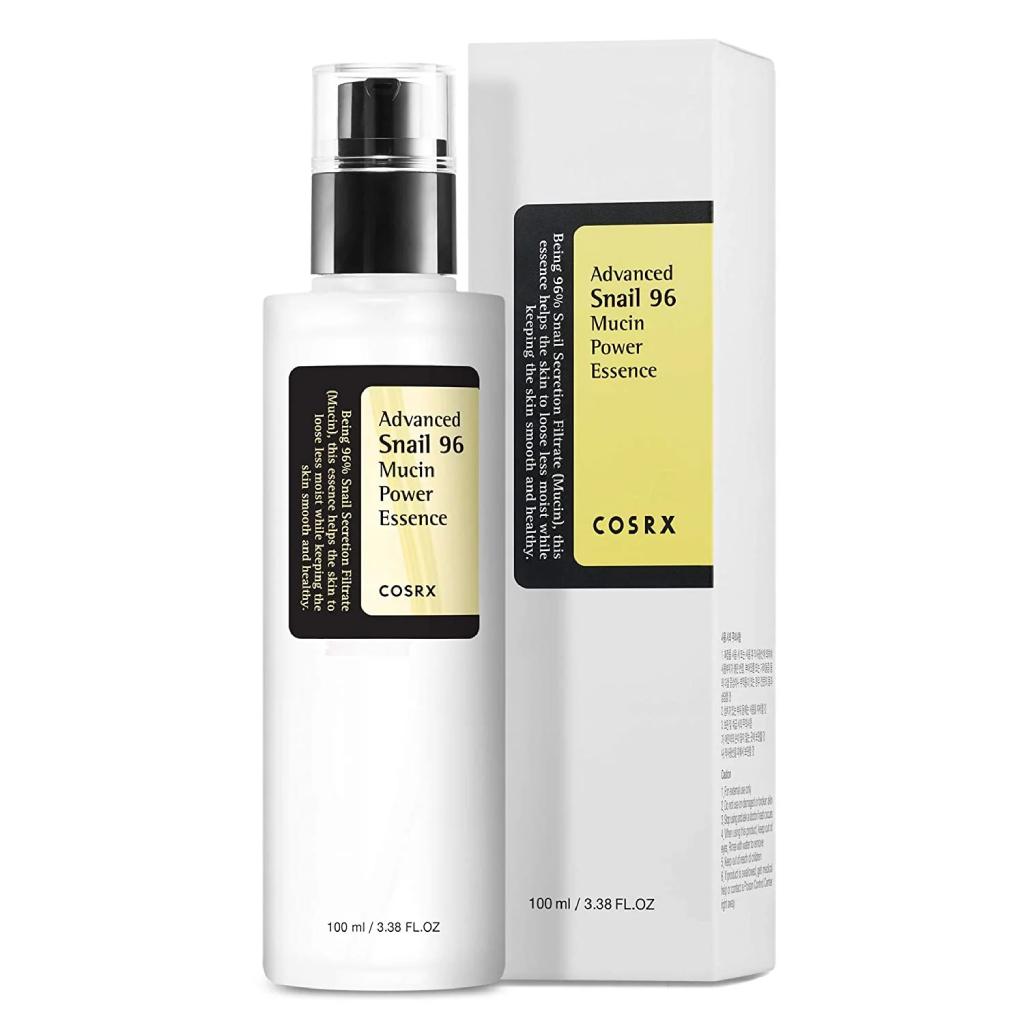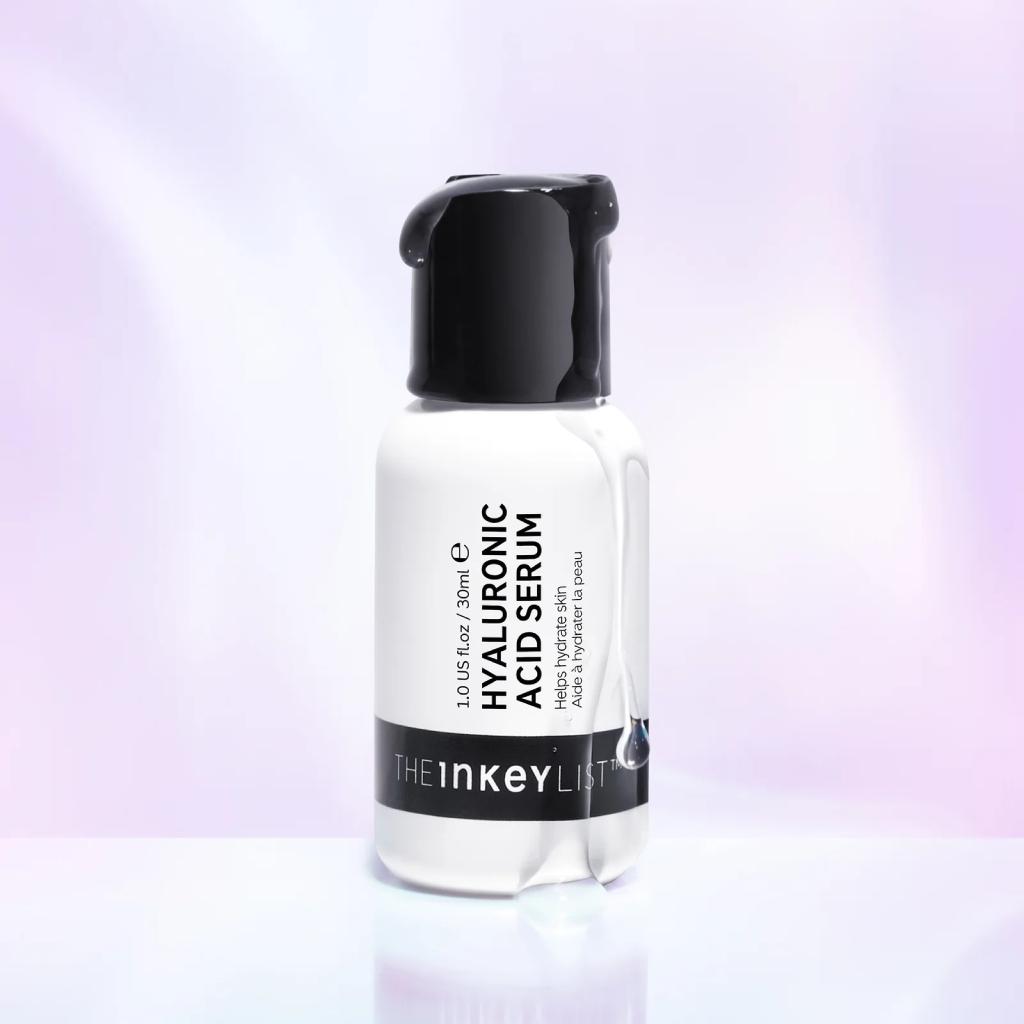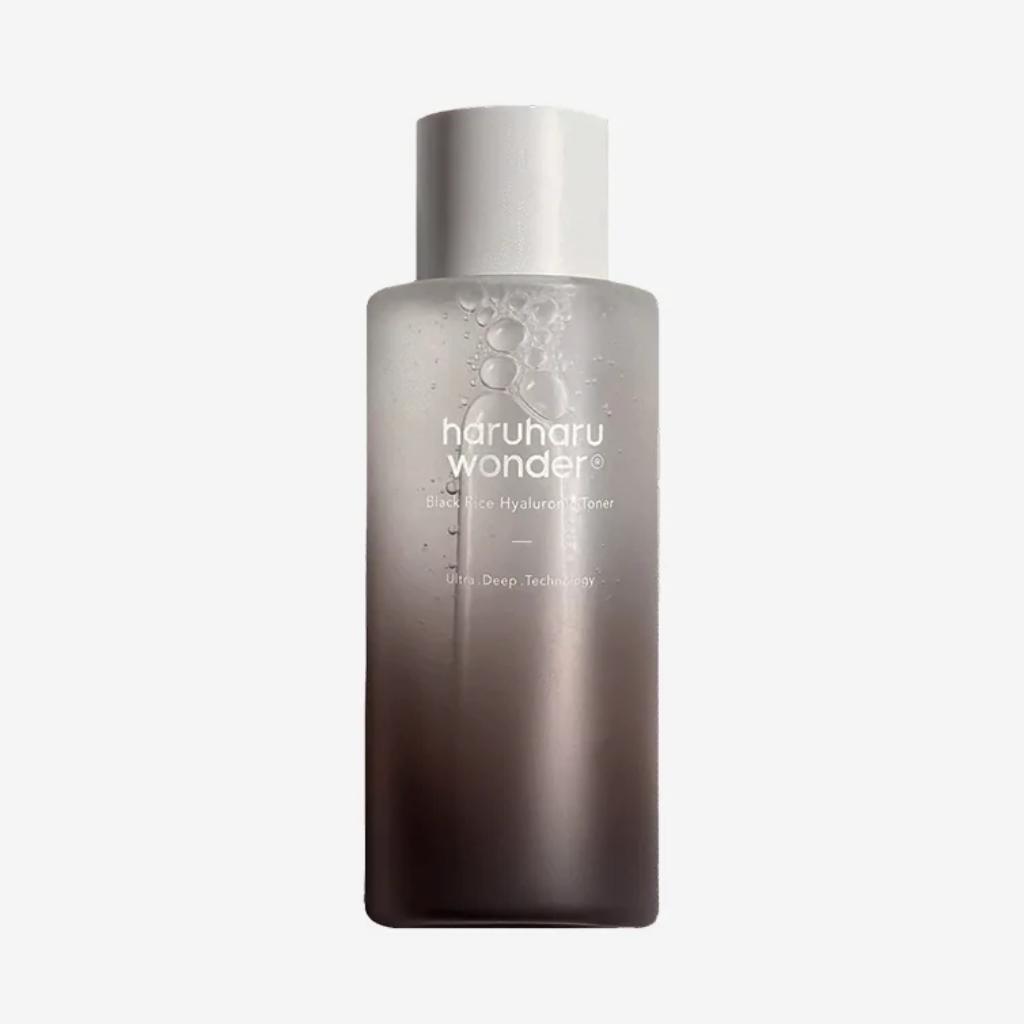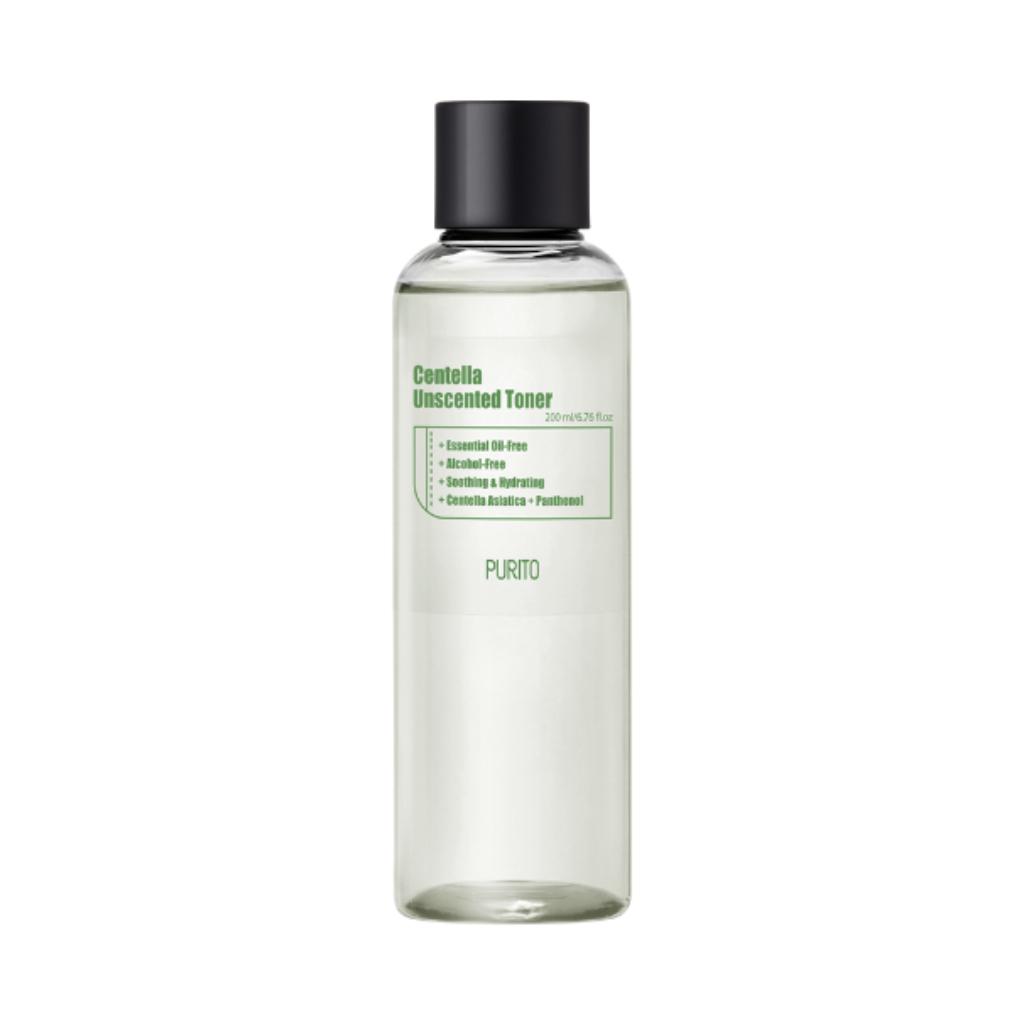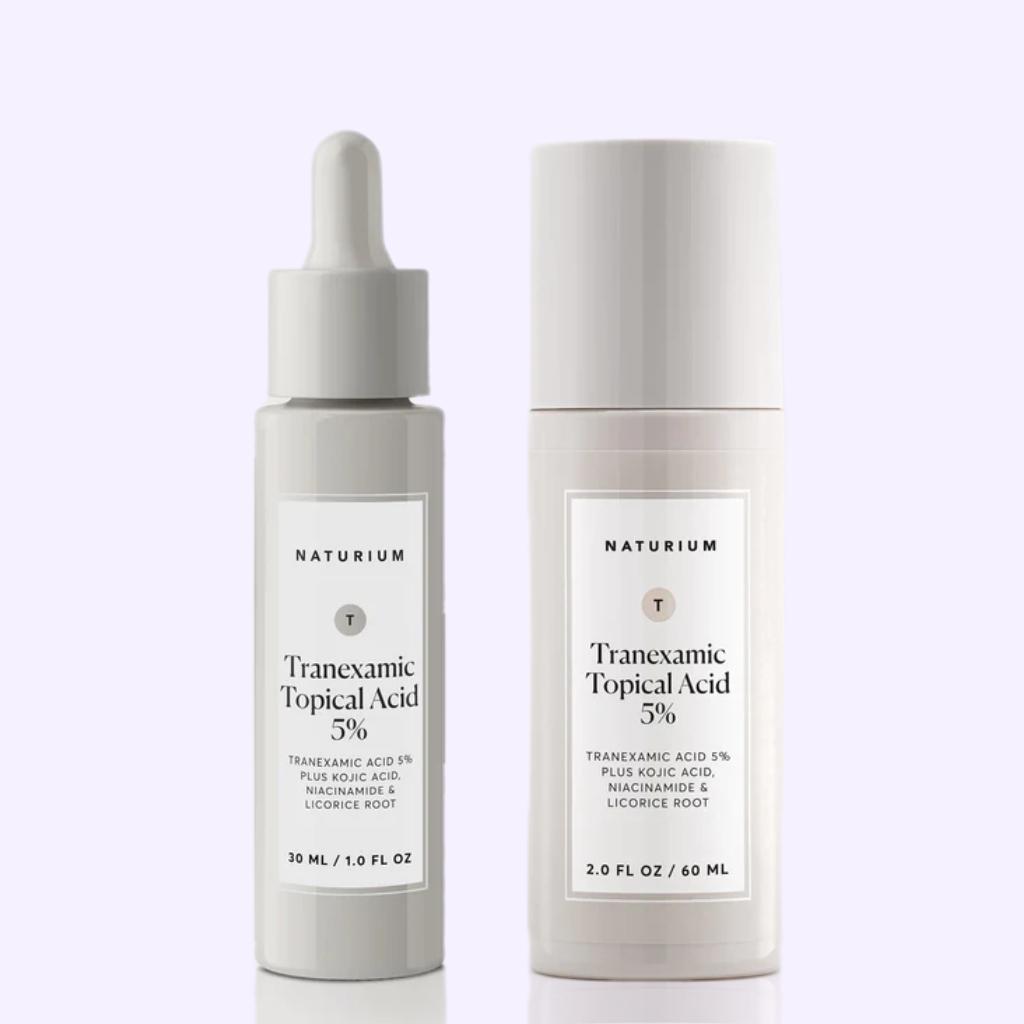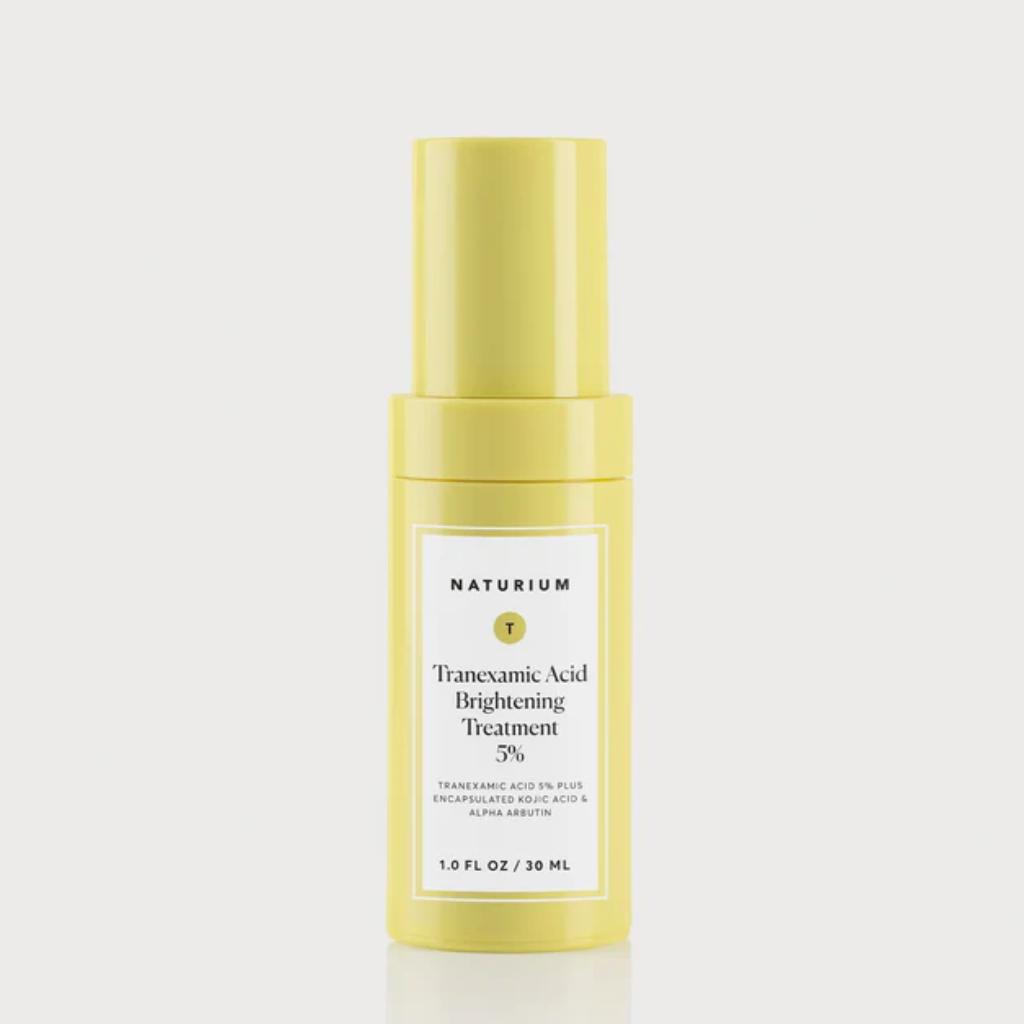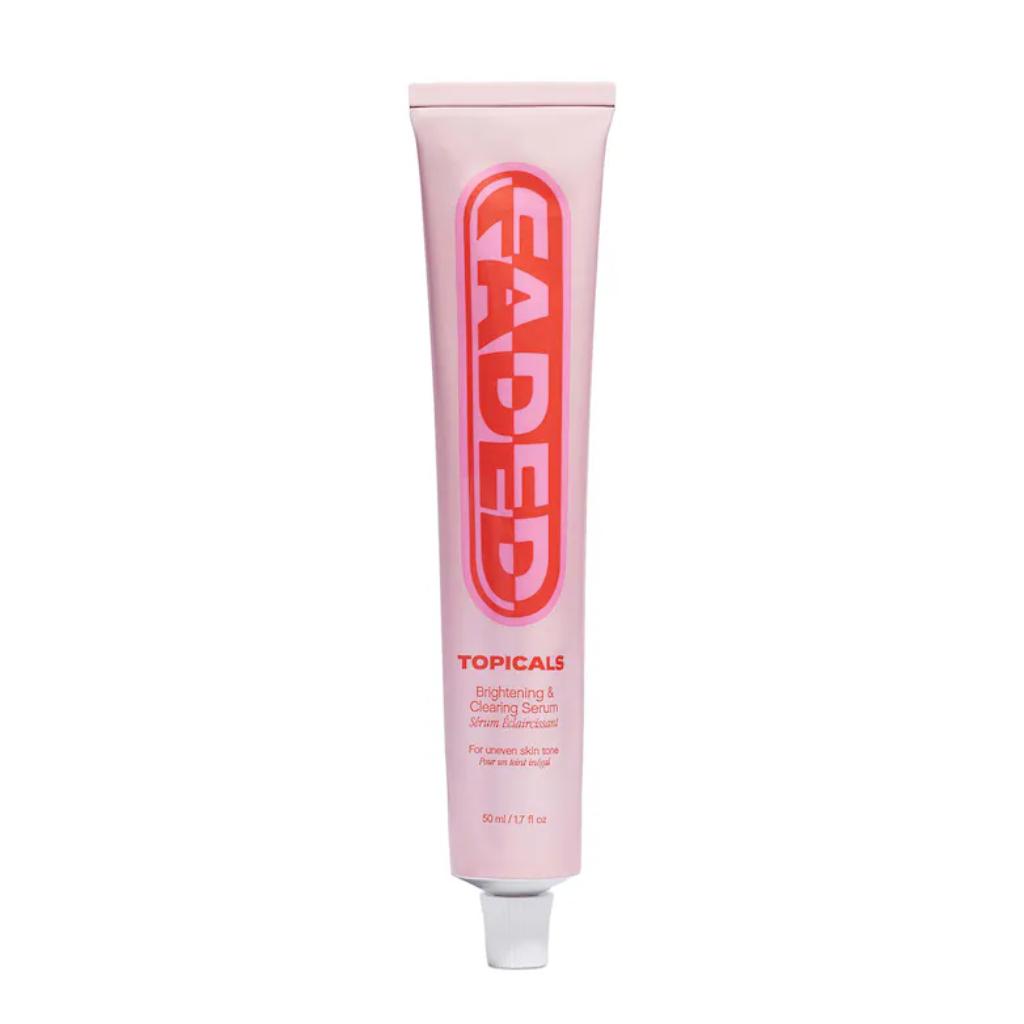Hyperpigmentation is one of the most frequent body skin care concerns. Pigmentation in certain areas of your body, like the mouth and joint areas, is normal. Nevertheless, there is no need to worry, as this condition eventually subsides, particularly if you have been experiencing it over an extended period.
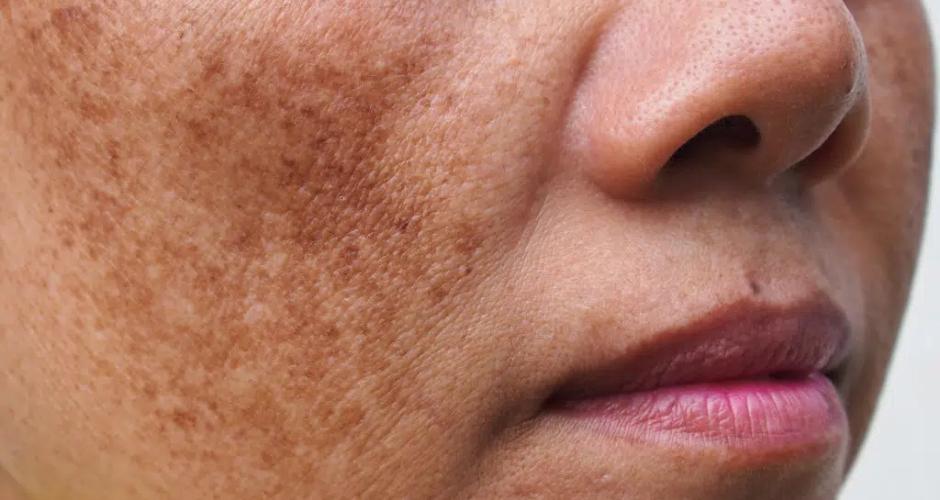
The use of cosmetics for your skin, or skincare, has the desired effect of improving its tone and texture.
By incorporating a regular skincare routine into your daily life, you can effectively enhance and preserve the overall health of your skin. Nonetheless, it can be undeniably exasperating when your dedicated skincare efforts fail to yield the desired results.
Therefore, it is crucial to exercise patience and maintain consistency with your skincare regimen, without being overly critical of yourself. Additionally, it is important to approach online skincare advice with a discerning eye, as genuine skin possesses natural characteristics such as pores, hyperpigmentation, and occasional acne, which may not align with the flawless portrayal often depicted on the internet.
What is hyperpigmentation ?
This describes a condition when you have discolored, darker skin areas compared to the rest of your skin. Various factors, including blemishes, inflammation, sun damage, or genetics, can cause it.
Forms of hyperpigmentation
The different forms of hyperpigmentation include:
- Sun spots
- Melasma
- Post-inflammatory hyperpigmentation (caused by acne)
How hyperpigmentation occurs
In your skincare journey, it is important to understand how hyperpigmentation occurs, as this will provide you with valuable insight into the treatment journey. Hyperpigmentation occurs when the skin is triggered by trauma. This trauma produces melanin in the skin, giving it more color.
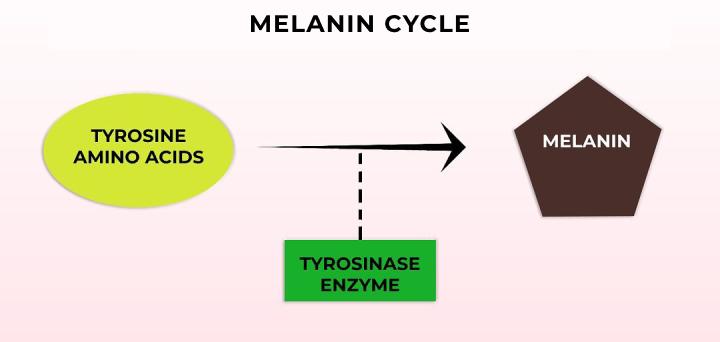
To provide context, the enzyme tyrosinase causes the amino acid in our melanocytes to oxidize into melanin pigment. As a result, the excess melanin gets transferred to the uppermost layer of the skin, leading to the formation of these darker pigmented areas. The resulting effect of trauma on the skin is the misfiring of the enzyme tyrosinase, which in turn produces more melanin and results in hyperpigmentation.
How do I treat it ?
The first step to treating hyperpigmentation is going back to the basics and getting your cleanser, moisturizer, and sunscreen. It is crucial to understand that addressing hyperpigmentation does not rely on a single miraculous product. Instead, a combination of various skincare products and a consistent, patient approach is necessary to effectively treat this condition.
In your treatment journey, you will need:
- Exfoliation
- Hydration
- Inhibitors

1. Exfoliation
Moreover, it is important to note that exfoliation serves the purpose of removing dead skin and creating a receptive canvas for the absorption of other beneficial skincare products. In addition to this function, exfoliation plays a significant role in fading hyperpigmentation by facilitating the removal of dead skin cells and promoting cell turnover.
Lactic acid, in particular, has earned widespread recognition as an effective exfoliating agent with the ability to aid in the gradual fading of hyperpigmentation. Its exfoliating properties gently eliminate dead skin cells while stimulating the renewal of the skin’s surface. This process contributes to the overall reduction of hyperpigmented areas, helping to restore a more even and balanced skin tone.
Product recommendations include:
2. Hydration
You can consider this a support system for your treatment routine and not the treatment itself. This is different from drinking water because it is a topical application of water on the skin.
Proper skin hydration allows the product to permeate better into the skin, which results in effectiveness. Here is a pro tip, if your hydrator isn’t effective, try applying 2 to 3 layers of it. Product recommendations include:
3. Inhibitors
Inhibitors work by blocking or sedating melanin production in the body, which causes hyperpigmentation. Hence, having tyrosinase inhibitors in your skincare will help fight the main catalyst of hyperpigmentation, which is tyrosinase.
When purchasing skincare products to fade hyperpigmentation, look out for these ingredients: Kojic acid, Tranexamic Acid, Hexylresorcinol, Vitamin A, Bearberry, Niacinamide, Ascorbic Acid (Vitamin C) and Liquorice Root Extract.
Key things to note on inhibitors
Niacinamide: Relying solely on it for hyperpigmentation treatment is not recommended. To effectively address hyperpigmentation, it is recommended to use niacinamide in conjunction with a tyrosinase inhibitor. Niacinamide inhibits melanin transfer, while a tyrosinase inhibitor suppresses melanin production, working synergistically to fade hyperpigmentation and promote an even skin tone.
Hydroquinone: It offers one of the strongest defences and protections against hyperpigmentation. For the best outcomes, it is advisable to consult with medical professionals and follow the recommended usage guidelines when incorporating niacinamide into your skincare routine.
Regarding tyrosinase inhibitors, it’s important to note that they solely target excessive melanin production and do not directly lighten overall skin tone unless used in higher concentrations.
Disclaimer: The information provided on this website, including the blogs and articles, is not intended to replace or substitute professional skincare advice, diagnosis, or treatment. Always seek the advice of a qualified skincare professional or dermatologist for personalized recommendations and guidance regarding your specific skin concerns
